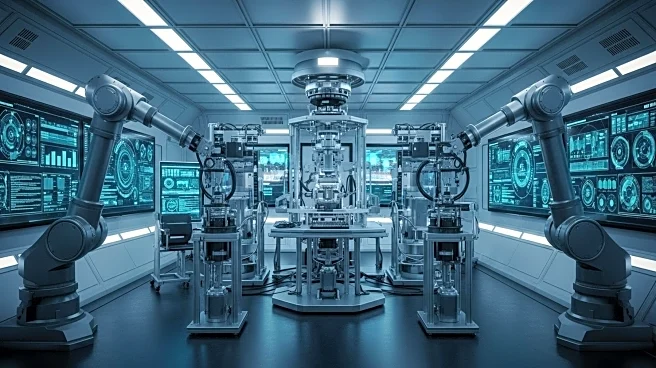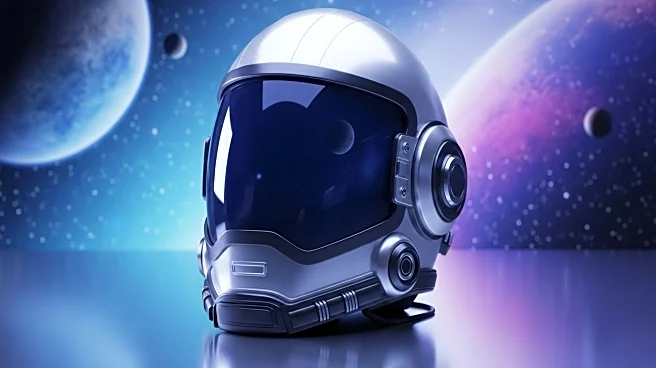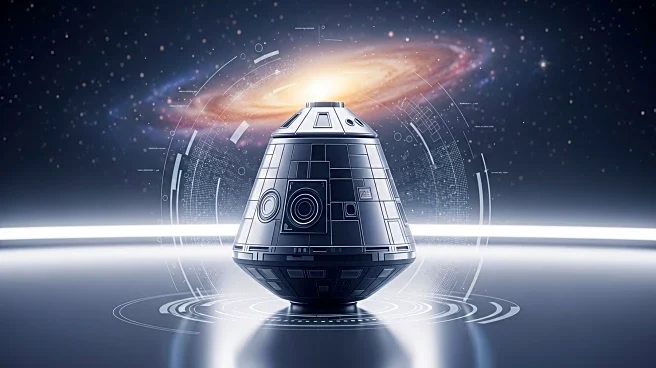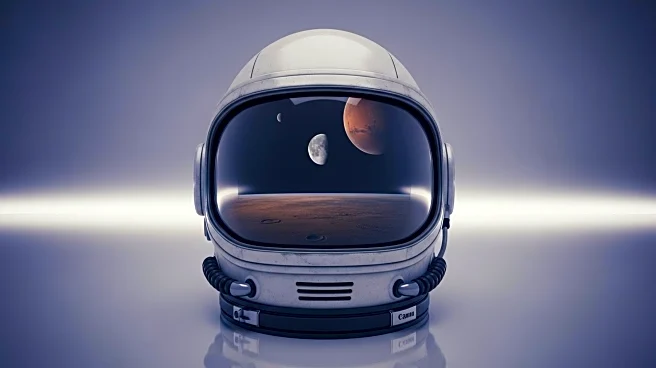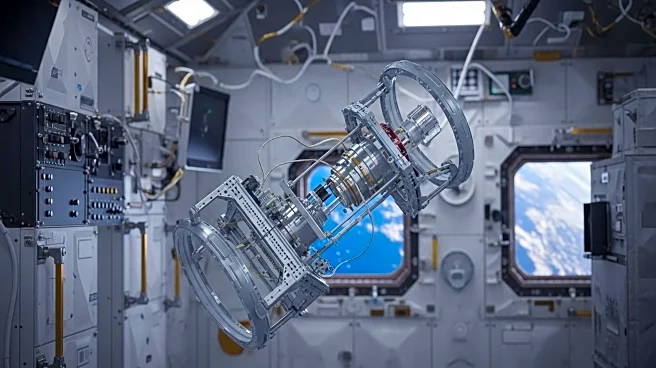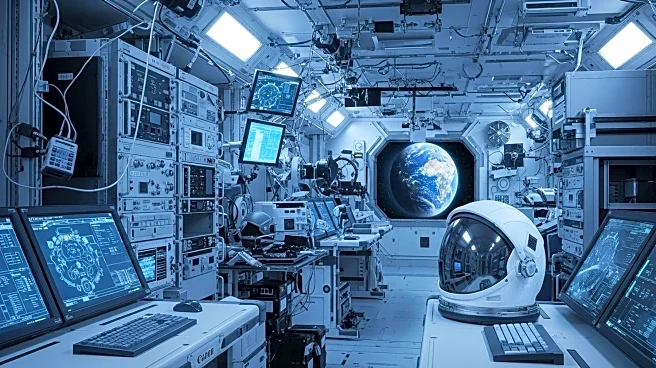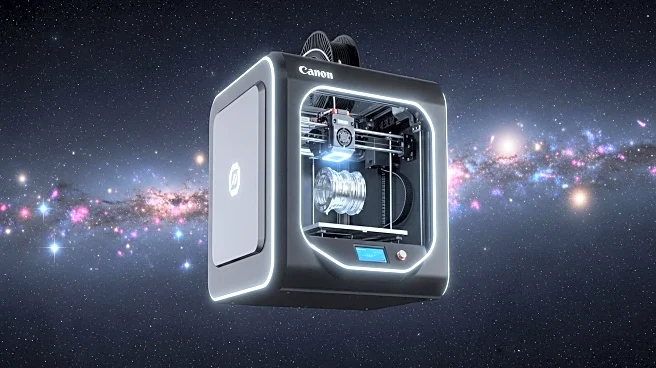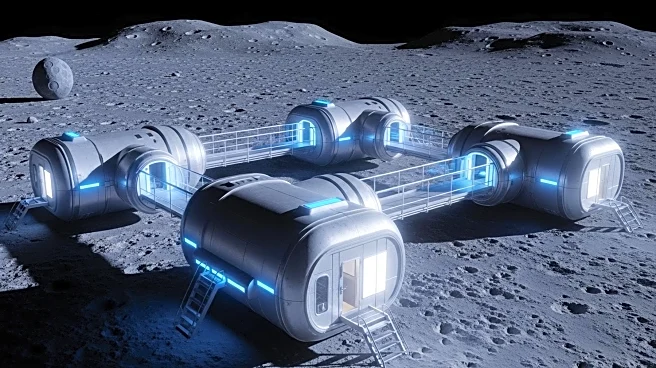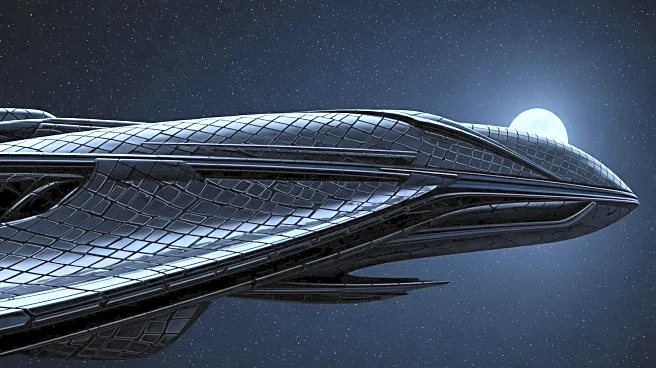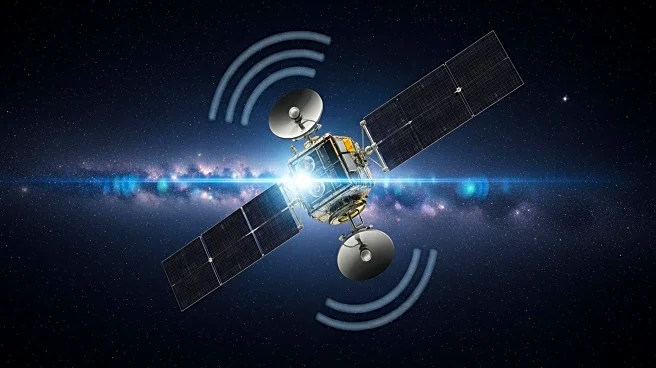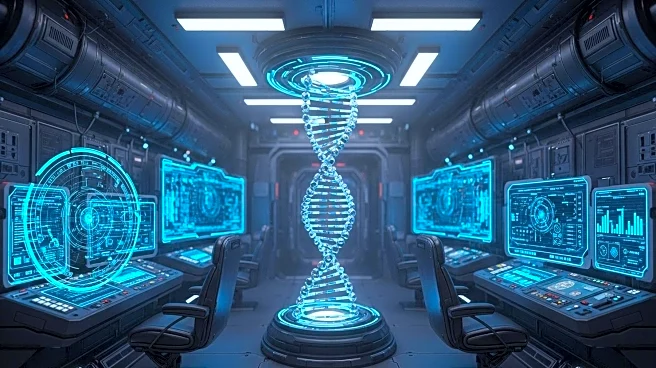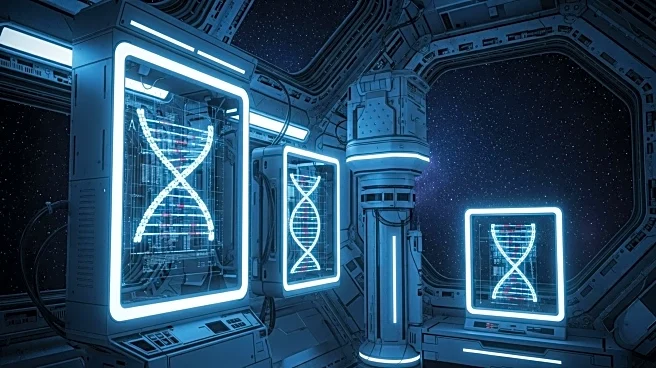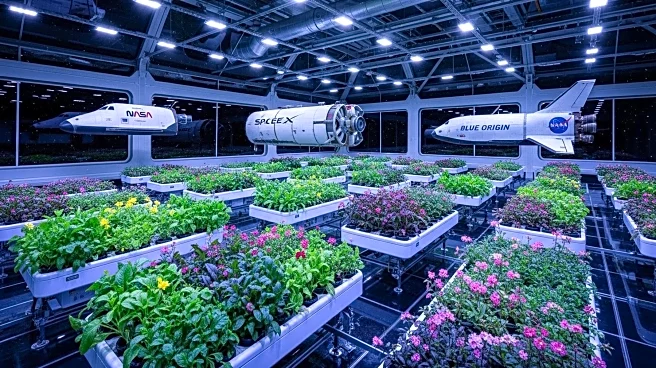What is the story about?
What's Happening?
The Expedition 73 crew aboard the International Space Station (ISS) has commenced a week focused on configuring advanced physics and space technology demonstration hardware. NASA Flight Engineers Mike Fincke and Jonny Kim initiated their tasks in the Columbus laboratory module, where they gathered hardware and installed foam coarsening samples inside the Fluid Science Laboratory. This research could benefit industries on Earth and in space, including food, medicine, and firefighting. Additionally, Fincke installed the Voyager Flytrap tech demo in the NanoRacks Bishop airlock, which will test an inflatable capture bag for potential use in capturing orbital debris or sample containers from Moon and Mars missions. The Flytrap may also aid in space mining on small asteroids. Meanwhile, NASA Flight Engineer Zena Cardman and Kim configured the Bishop airlock for the Flytrap experiment. JAXA Flight Engineer Kimiya Yui worked in the Kibo laboratory module, configuring cables and swapping sample hardware inside the Electrostatic Levitation Furnace, which uses lasers to heat materials to ultra-high temperatures. The crew's activities also included blood circulation studies and cargo operations.
Why It's Important?
The ongoing research and technology demonstrations on the ISS are crucial for advancing scientific knowledge and developing new technologies that can be applied both in space and on Earth. The foam coarsening and Flytrap experiments have the potential to enhance various industries, including food production, medicine, and space exploration. The ability to capture orbital debris and sample containers is vital for maintaining a sustainable space environment and supporting future missions to the Moon and Mars. Additionally, the Electrostatic Levitation Furnace's research could lead to breakthroughs in material science by providing data that is difficult to obtain under Earth's gravity. These advancements not only contribute to scientific progress but also have the potential to drive economic growth and innovation.
What's Next?
The ISS crew will continue their experiments and technology demonstrations, with the Flytrap experiment being a key focus. The results of these experiments will be analyzed to determine their feasibility and potential applications. The success of the Flytrap could lead to its implementation in future space missions, aiding in debris management and resource extraction from asteroids. The ongoing research in the Electrostatic Levitation Furnace will also continue, with the aim of uncovering new material properties that could have significant industrial applications. As these projects progress, they will likely attract interest from both governmental and private sector stakeholders, potentially leading to new collaborations and investments in space technology.
AI Generated Content
Do you find this article useful?
